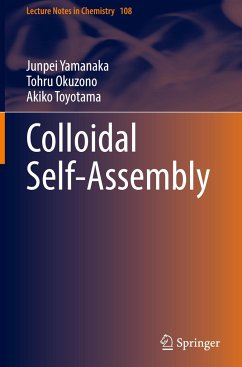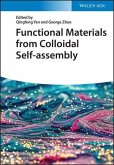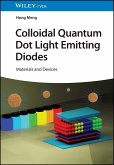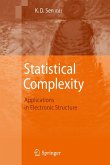This concise book covers fundamental principles of colloidal self-assembly and overviews of basic and applied research in this field, with abundant illustrations and photographs. Experimental and computer simulation methods to study the colloidal self-assembly are demonstrated. Complementary videos "Visual Guide to Study Colloidal Self-Assembly" on the research procedures and assembly processes are available via SpringerLink to support learning.
The book explains basic elements of mechanics and electromagnetism required to study the colloidal self-assembly, so that graduate students of chemistry and engineering courses can learn the contents on their own. It reviews important research topics, including the authors' works on the colloidal self-assembly of more than 30 years' work. The principal topics include: (1) crystallization of colloidal dispersions, with the emphasis on the role of surface charges, (2) fabrication of large and high-quality colloidal crystals by applyingcontrolled growth methods, (3) association and crystallization by depletion attraction in the presence of polymers, (4) clustering of colloidal particles, especially those in oppositely charged systems, and (5) two-dimensional colloidal crystals. Furthermore, it covers (6) applications of colloidal crystals, ranging from cosmetics to sensing materials. We also describe space experiments on colloidal self-assembly in the International Space Station.
This book will interest graduate school students in colloid and polymer science, pharmaceutics, soft matter physics, material sciences, and chemical engineering courses. It will also be a useful guide for individuals in academia and industry undertaking research in this field.
The book explains basic elements of mechanics and electromagnetism required to study the colloidal self-assembly, so that graduate students of chemistry and engineering courses can learn the contents on their own. It reviews important research topics, including the authors' works on the colloidal self-assembly of more than 30 years' work. The principal topics include: (1) crystallization of colloidal dispersions, with the emphasis on the role of surface charges, (2) fabrication of large and high-quality colloidal crystals by applyingcontrolled growth methods, (3) association and crystallization by depletion attraction in the presence of polymers, (4) clustering of colloidal particles, especially those in oppositely charged systems, and (5) two-dimensional colloidal crystals. Furthermore, it covers (6) applications of colloidal crystals, ranging from cosmetics to sensing materials. We also describe space experiments on colloidal self-assembly in the International Space Station.
This book will interest graduate school students in colloid and polymer science, pharmaceutics, soft matter physics, material sciences, and chemical engineering courses. It will also be a useful guide for individuals in academia and industry undertaking research in this field.








